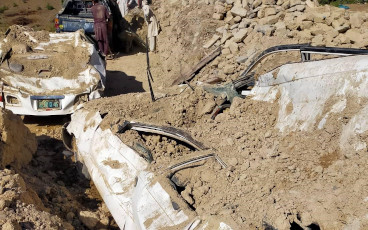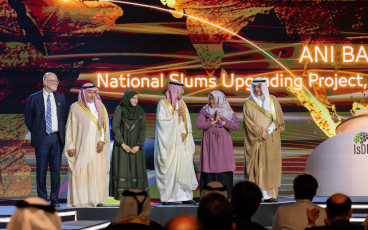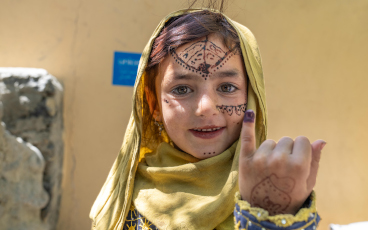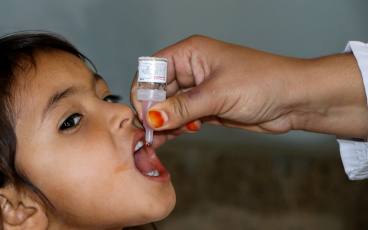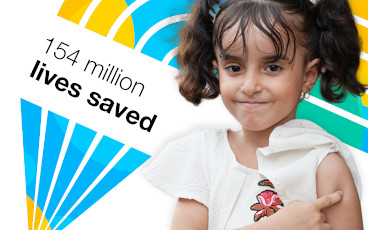Contributing to a lasting legacy
The ‘father’ of polio laboratories in the Eastern Mediterranean Region
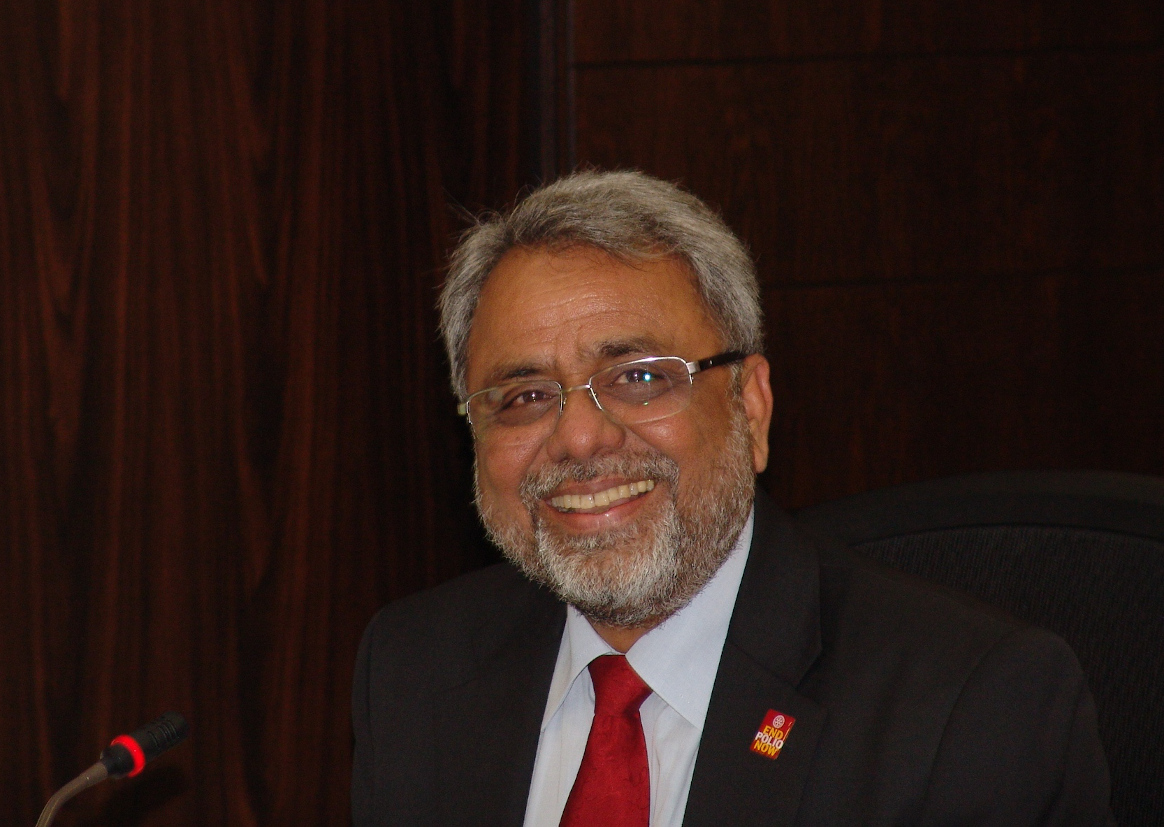
The vast machinery of the global polio eradication programme is much like the inner workings of a clock – a network of interconnected people, organizations and programmes that together are more powerful than the sum of their parts. Collaboration is foundational to eradication, and every eradicator plays a part in edging the programme closer to its goals.
But in some cases, individual eradicators develop capacities or practices that enable programmatic leaps. Dr Humayun Asghar is one of those outsize drivers of progress. His initiatives around early laboratory testing of stool samples of children with acute flaccid paralysis (AFP), his efforts to create a cross-regional network of labs, and his efforts to set up a large pioneering network of environmental surveillance sites in Egypt are innovations that today power the programme’s surveillance capacity. We know where the virus is, even in the absence of paralytic polio cases, largely thanks to his work.
In 1988, when Dr Humayun joined the National Institute of Health (NIH) in Pakistan’s capital city of Islamabad, polio was paralysing more than 1000 children worldwide every day and the Global Polio Eradication Initiative (GPEI) was just being set up. Dr Humayun spotted an opportunity to stop the spread of poliovirus by tracking it – which meant identifying which children with AFP were infected with poliovirus and which children were experiencing paralysis for other reasons. In 1991, Dr Humayun began to contact pediatricians and, later, vaccinators, to collect stool samples from children who presented with AFP to test them for poliovirus infection. In a nod to the doctors’ and vaccinators’ contribution, Dr Humayun shared the results immediately with the reporting individual, regardless of their location.
The information filled a gap for physicians who wanted to know why their patients were unwell, and it provided a new level of detail on the virus’ whereabouts. Word got around and soon, more and more doctors started sending in their AFP patients’ stool samples. As the practice grew, processes needed to be formalized: Dr Humayun and his colleagues had to ensure stool samples were reaching them in the right conditions for testing, which led to the establishment of a set of criteria and standard operating procedures around the transportation of stool samples – something known today as the reverse cold chain.
The dawn of AFP surveillance in Pakistan
This new system unveiled the dawn of an era of detailed, systematic surveillance for AFP, the most common, tell-tale symptom of poliovirus infection. That it grew out of mutual trust and collaboration with focal points in the community reaffirmed Dr Humayun’s belief, “If you offer service to the community, the community serves you.”
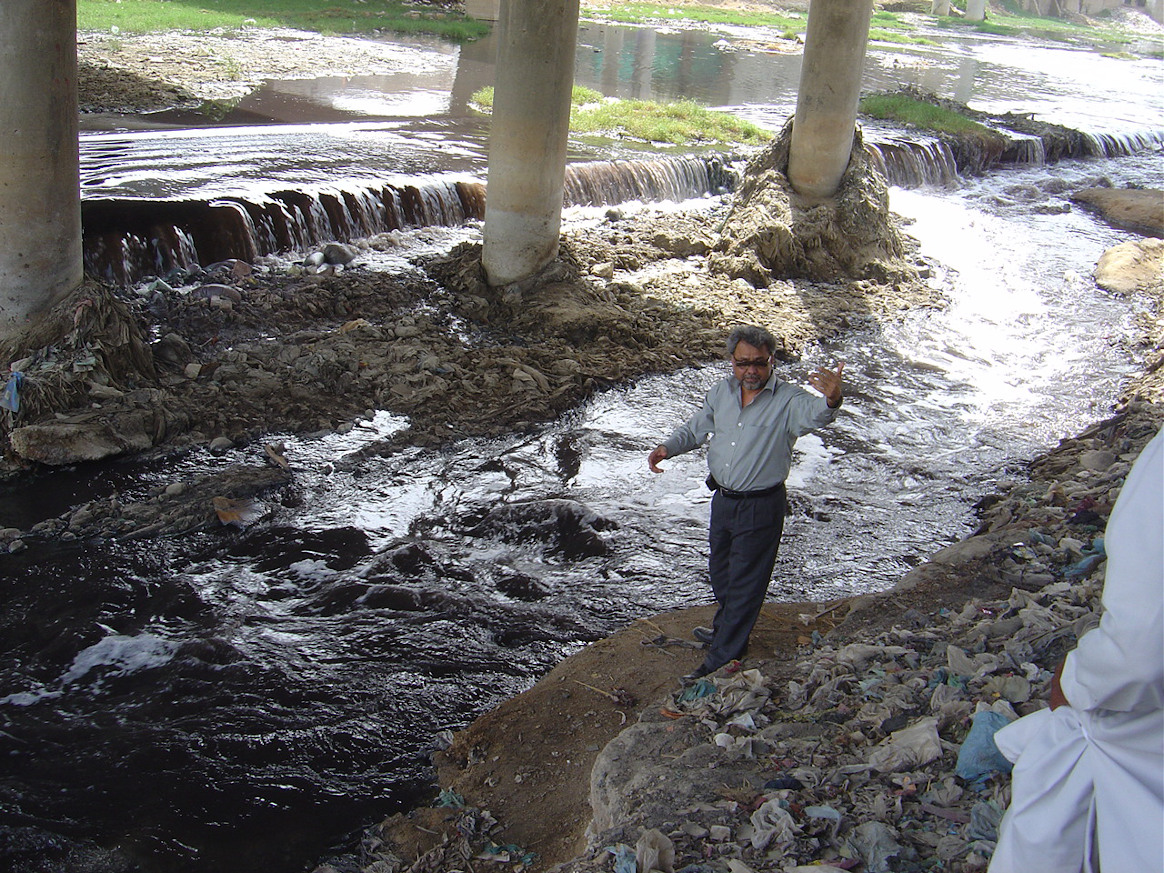
In their quest to fill in gaps in disease surveillance and formalize a practice of testing samples from AFP patients, Dr Humayun and his colleagues succeeded in establishing the first poliovirus laboratory in Pakistan.
Dr Hamid Jafari, WHO Polio Director for the Eastern Mediterranean Region, says this contribution to eradication cannot be overstated.
“Dr Humayun has sowed the seeds of AFP surveillance in Pakistan all through his own initiative and drive and nurtured and supported the lab network in the Eastern Mediterranean Region; as one of the architects of the regional and global laboratory network, he has contributed to building a great legacy.”
Advancing the Region’s work
Over the intervening decades, Dr Humayun has helped the Region’s laboratory network grow in size and skill, bringing in new practices such as testing for poliovirus in sewage water (environmental surveillance) and then harnessing this new practice to test for the presence of other diseases – most recently, COVID-19. He also took the practice out of the Eastern Mediterranean Region and into the African Region, supporting the polio laboratory in Nigeria to introduce environmental surveillance.
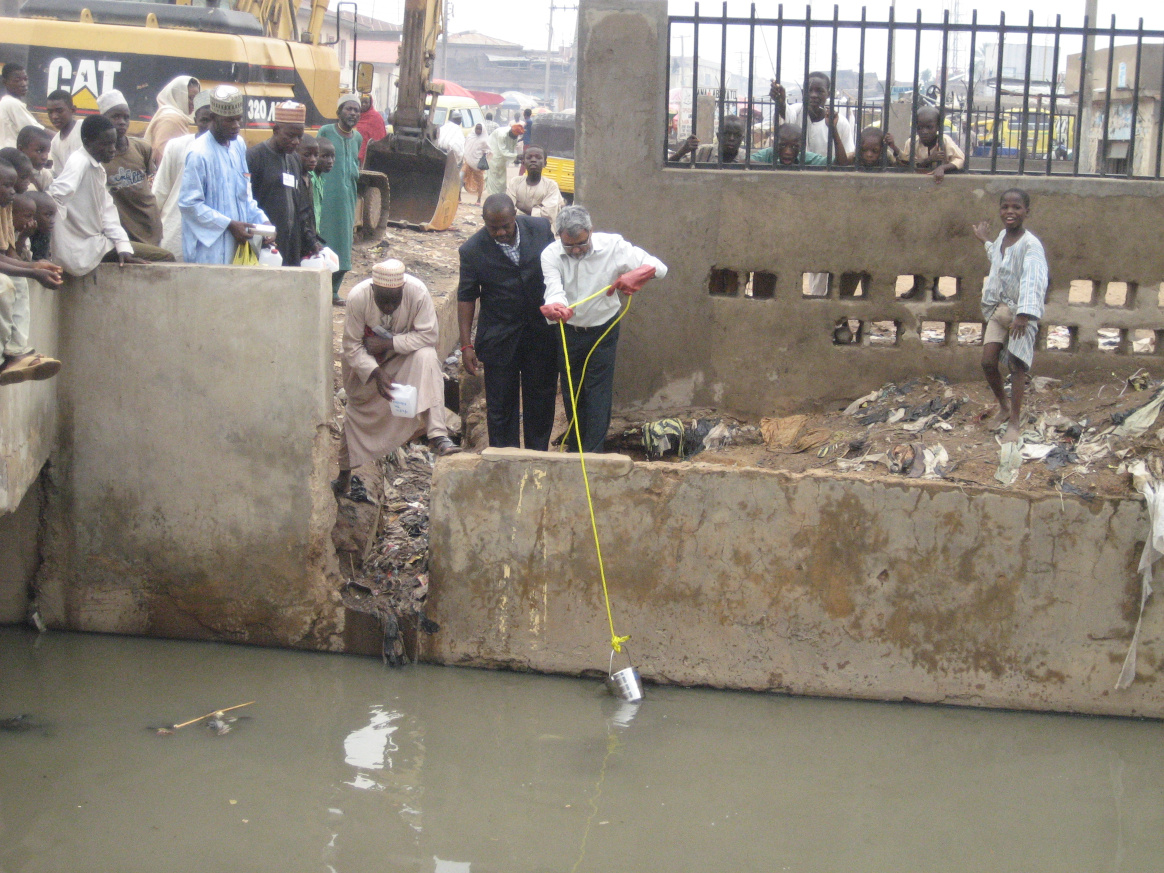
Testing for and tracking the virus in stool samples and sewage water enabled the programme to identify different types of poliovirus, and by building on this, a practice was developed to conduct nucleotide sequencing, which provides a fuller picture of viruses’ lineage and allows scientists to identify which family any given poliovirus belongs to. Dr Humayun attributes these accomplishments to laboratory staff, who strengthened their own capacity to diagnose polio without waiting for results from other global specialized laboratories.
Supporting others to grow
Since he joined WHO’s Eastern Mediterranean Region in February 2002, Dr Humayun has served in several capacities – as Scientist Virologist, Regional Advisor for Public Health Laboratories, and finally as the Coordinator for the Region’s Poliovirus surveillance, Laboratory support and Data management. He credits two mentors in particular for inspiring his career – the late Dr Helmy Wahdan, former Polio Director for WHO’s Eastern Mediterranean Region, and Dr Olen Kew, a poliovirus scientist – and, over the course of his career, has tried to pay that inspiration forwards.
“Dr Humayun has mentored and supported young scientists and laboratory specialists across the Region to advance their skills and careers,” said Dr Nima Saeed Abid, WHO Representative for Sudan. “He has been a true leader in his field.”
Perhaps unsurprisingly, Dr Humayun believes one of the keys to eradicating polio lies not in the lab, but in people: in empowering and engaging the workforce by incentivizing them with education, training and promotion.
On the occasion of his retirement in May 2023, Dr Humayun expressed gratitude that he was able to witness and contribute to two important milestones: the eradication of wild poliovirus types 2 and 3.
And when the eradication of WPV1 does happen, he says, “I will be cheering from the sidelines, alongside so many other vital contributors to the programme’s legacy.”


